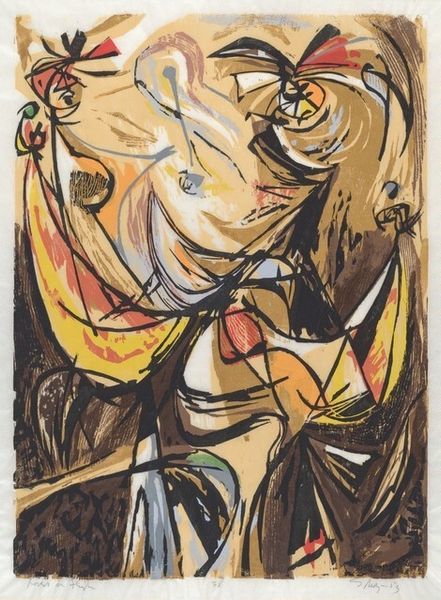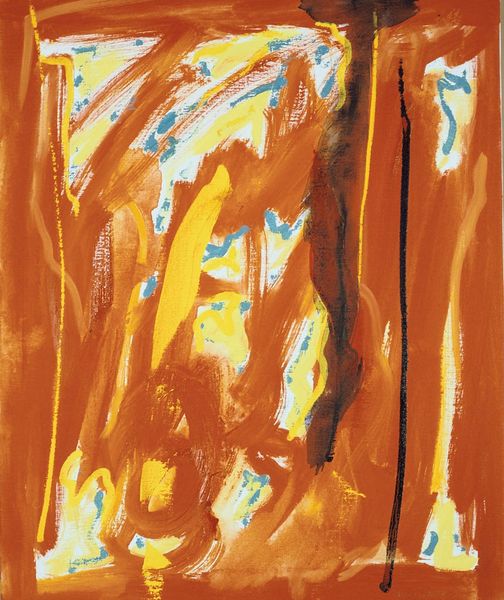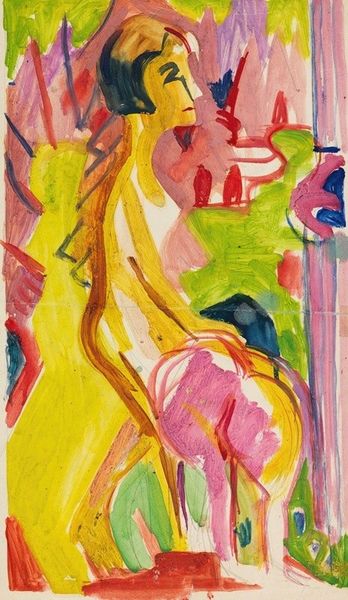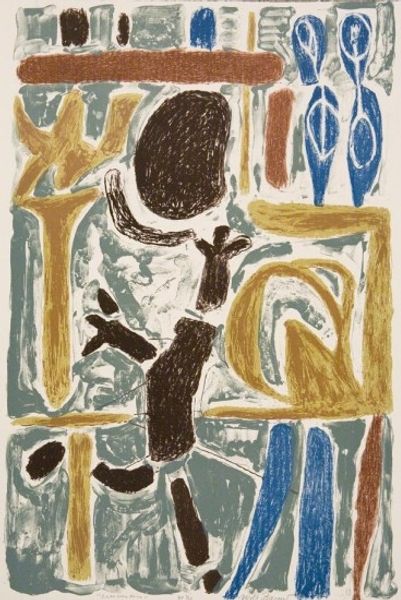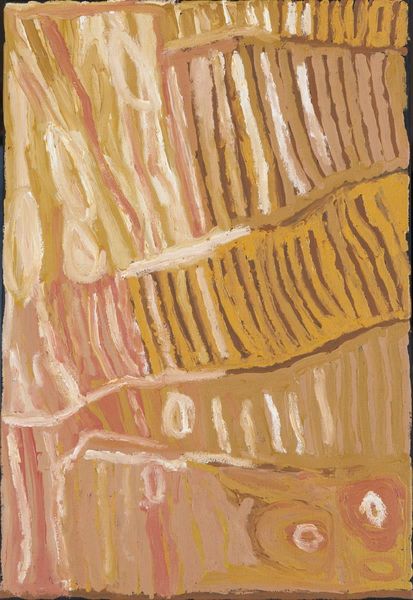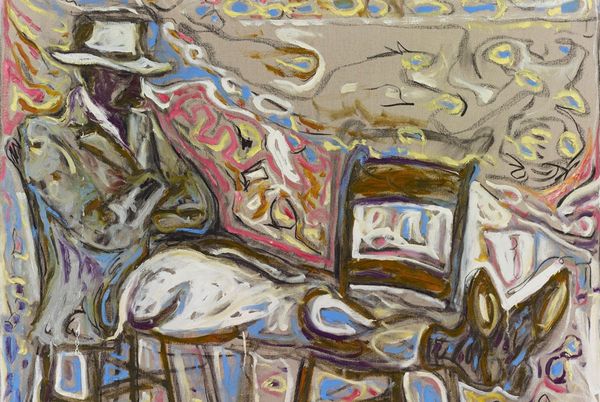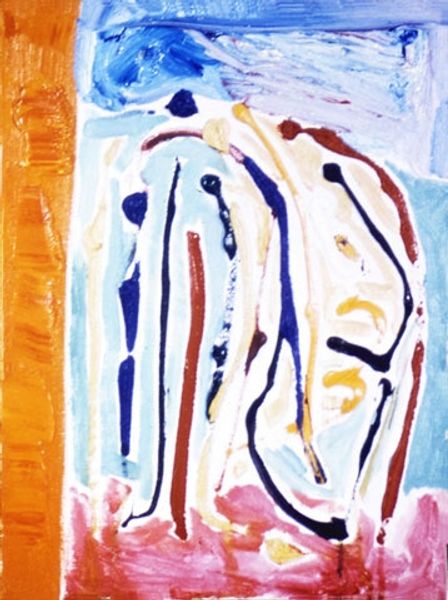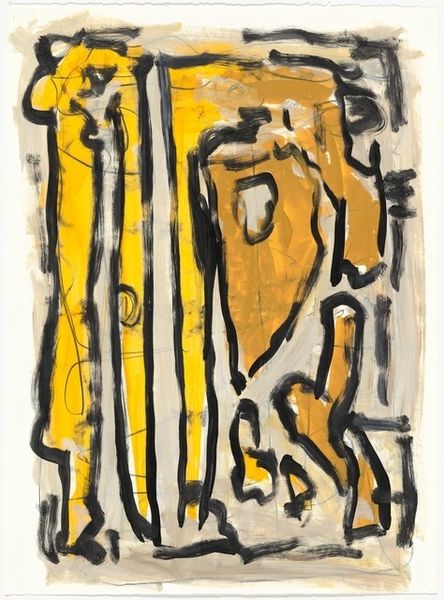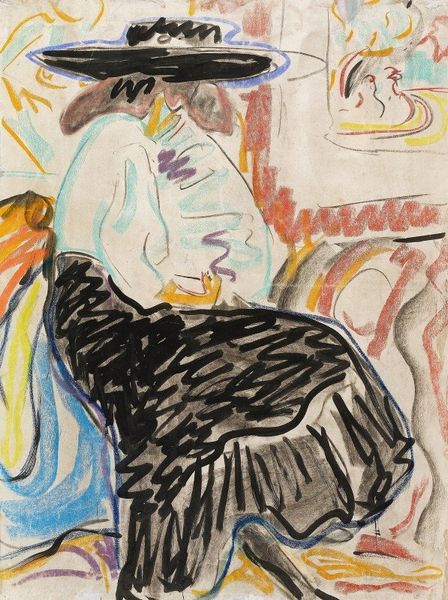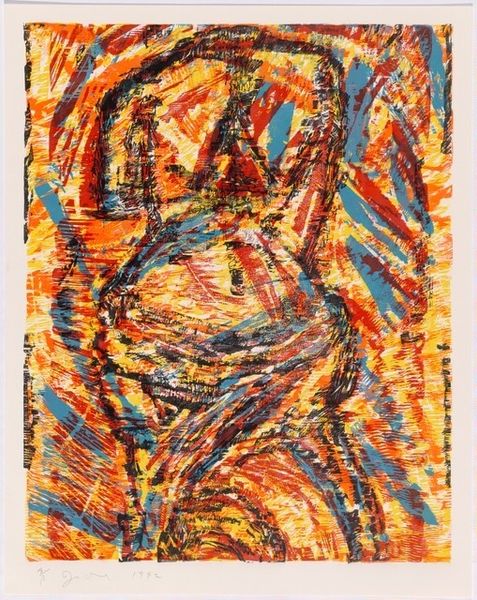
Copyright: Henri Matisse,Fair Use
Henri Matisse painted "Jeune Femme Au Canapé" with oil on cardboard in 1944. The artwork presents a reclining woman surrounded by bold colors and patterns. In France during World War II, where this was painted, art became a site of cultural and political negotiation. The bright colors and domestic setting can be understood in light of the German occupation, as a reaffirmation of French identity. It recalls French decorative traditions and projects a world of domestic pleasure as an act of cultural resistance during a time of war. How does this intimate scene serve as a subtle act of defiance against the backdrop of war? Historians would look into exhibition records, personal letters, and period criticism to see how Matisse’s work was received and understood at the time. The meaning of art is always contingent on social and institutional conditions.
Comments
No comments
Be the first to comment and join the conversation on the ultimate creative platform.
